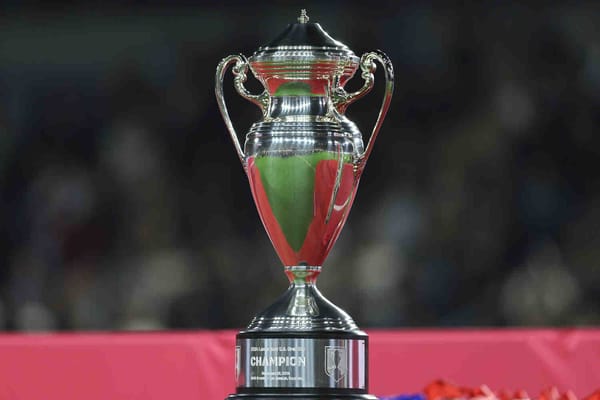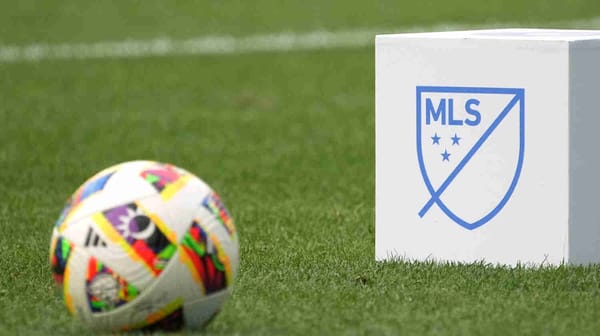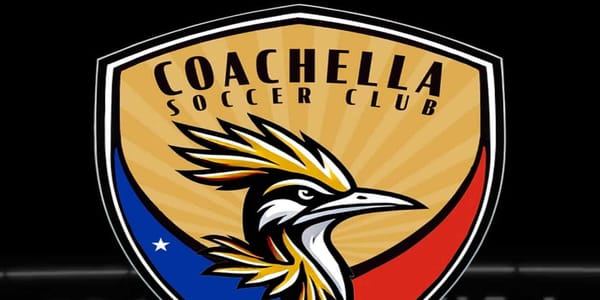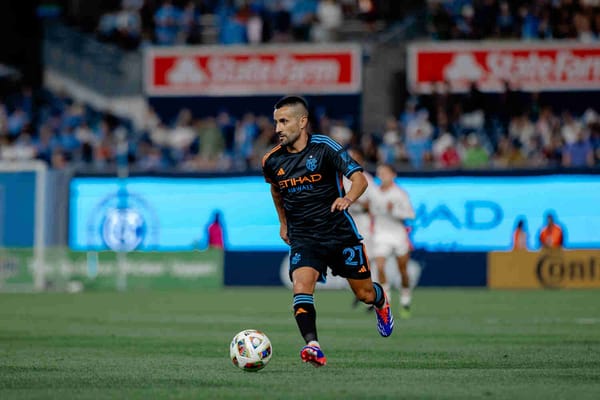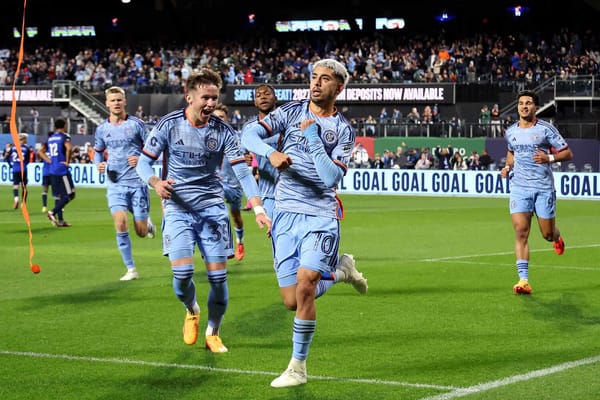
New York International FC and Rivercrest Bar Raise Over $10,000 for Childhood Cancer Research
ASTORIA, QUEENS — New York International FC (NYIFC), in collaboration with Rivercrest, the official sports bar of Astoria, proudly announces the successful culmination of their recent charity event in support of the St. Baldrick’s Foundation. The fundraiser, held on April 3 at Rivercrest's venue on Ditmars Boulevard, saw




